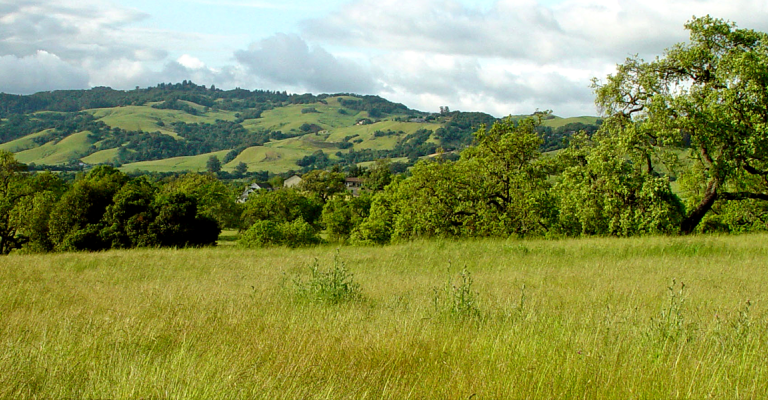Service-Learning in Physics and Astronomy
Service-learning activity usually falls into two categories
Type 1: Teaching/tutoring/sharing knowledge from the class.
Example: Students at the University of Colorado, Boulder took part in a service-learning class in which they integrated physics, education, research, and community partnerships. For part of the course, they taught units at the local junior and high schools. “Students were found to implement and evaluate practices discussed in class, to research other methods of teaching, and to appropriate these for use in their own teaching environments.” One student reflected, “I think that the most important thing to do when teaching physics is to keep the class’s attention. This can be done by inspiring students…making physics…relevant to their lives, by being humorous or animated…Make physics class an inviting atmosphere and hold class discussions.” The community partners (both schools and local Boys and Girls Clubs) have “indicated great interest in the continuation of collaborative efforts. The community partners greatly value the added human resources of student-experts who participate in local activities, and in several cases used these added resources to develop new educational programs.” 2
Type 2: Using information from the class to do something with/for a community organization.
Example: Physics students at Saint Anselm College in Manchester, New Hampshire, took part in a service-learning course in which they acted as consultants in developing a curriculum for their partner, Girls Incorporated, by providing technical and managerial support. “A consultant-based approach to service-learning offers physics students the opportunity to apply their problem-solving skills for the benefit of others. As service-learning consultants, physics students provide technical and managerial support to groups that are participating in technically oriented educational enrichment activities.” “In an effort to fill this service-learning gap to provide physics students the opportunity to synthesize the analytical skills they are developing through their studies, a consultant-based approach to service-learning has been developed and implemented.” “At each weekly meeting of the Girls Inc. robot team, a different service-learning consultant led the girls in a brainstorming session focused on a relevant topic. Topics included project management, programming basics, and robot control strategies.” The student consultants “ provided hardware or software support when needed and evaluated the technical problems the girls were experiencing. This evaluation was a critical part of the service provided by the consultants since it often led to the topic of the next brainstorming session.” Throughout the project, a milestone chart was kept to track to progress. The girls were “interested to learn that most scientific and engineering projects go through the same process of updating and reorganization” making a connection between what they were learning and the real world. The university students “benefited from opportunities to apply their skills in support of another group’s project; moreover, the humanization of physics proved to be an important lesson for all those involved.” 1
Please contact [email protected] for more information.
Jeremy Qualls - [email protected] has instructed several service-learning classes and may be willing and able to share advice.
1 Guerra, D. “Service-Learning in Physics: The Consultant Model.” Journal of Higher Education Outreach and Engagement Volume 10, Number 3 (2005): 143-151. Print.
2 Finkelstein, N. “Teaching and learning physics: A model for coordinating physics instruction, outreach, and research.” Department of Physics, University of Colorado, Boulder. 2004.


